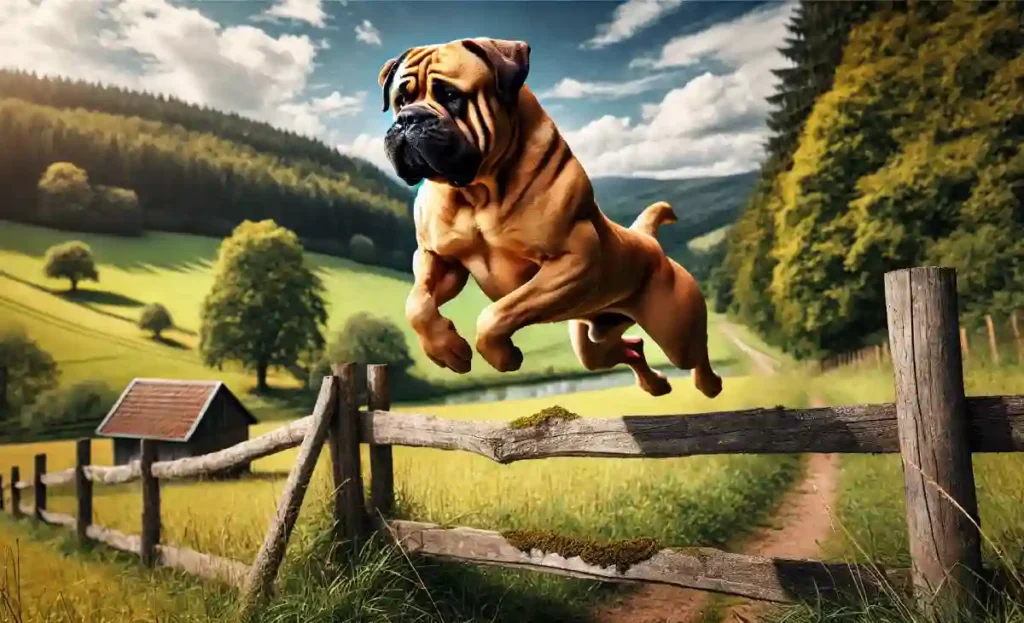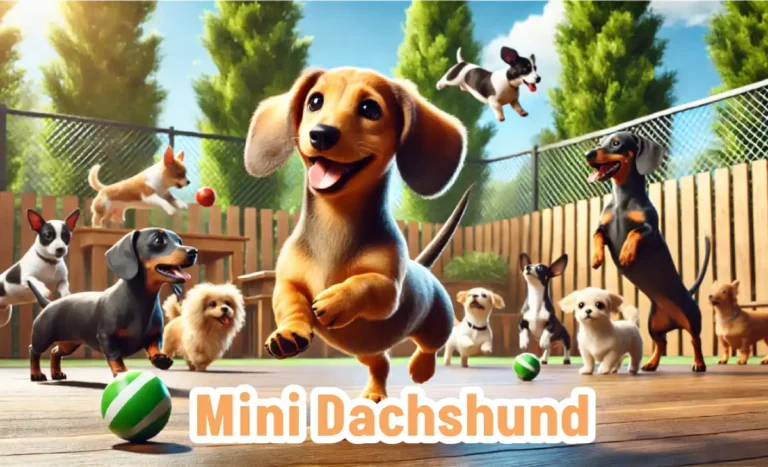Looking for a dog that combines strength, loyalty, and love? The Bullmastiff stands out as a fearless protector and a gentle family companion. Originally bred to guard estates, this dog breed has a rich history of devotion and service.
Their calm demeanor and unwavering loyalty make them perfect for families seeking a dependable and affectionate pet. Whether you need a protector for your home or a loving friend for your kids, the Bullmastiff offers the best of both worlds.
Bullmastiff History and Origins

The Bullmastiff originated in England during the 19th century. Gamekeepers needed a dog to protect estates and prevent poaching, so they crossed Mastiffs with Bulldogs. The result was a powerful, intelligent, and agile breed that could deter intruders without being overly aggressive.
The Role of Bullmastiffs in History:
- These dogs were known as the “Gamekeeper’s Night Dog” because they worked silently and relied on their size and strength to stop intruders.
- Unlike other guard dogs, Bullmastiffs were trained to pin down intruders rather than attack, showcasing their controlled behavior.
Over time, Bullmastiffs transitioned from working dogs to cherished family companions. Today, they are valued for their loyalty and protective instincts.
Bullmastiff Physical Characteristics
Bullmastiffs are large, muscular dogs with a striking appearance. Their build reflects their history as guard dogs, and their physical traits contribute to their strength and agility.
What Do Bullmastiffs Look Like?
- Size and Weight: Males weigh between 110-130 pounds, and females weigh 100-120 pounds. Their height ranges from 24 to 27 inches.
- Coat: They have short, dense coats that are easy to maintain. Common colors include fawn, brindle, and red.
- Face: Bullmastiffs have a broad head, short muzzle, and a distinctive black mask.
- Eyes: Dark and expressive eyes give them an alert yet calm appearance.
Their sturdy build allows them to remain agile despite their size, making them well-suited for their historical role as protectors.
Bullmastiff Personality and Temperament
The Bullmastiff is known for its calm and devoted nature. These dogs thrive on human companionship and form deep bonds with their families. They are protective without being overly aggressive, which makes them excellent family pets.
Key Traits of Bullmastiffs:
- Loyalty: Bullmastiffs are deeply attached to their families and will go to great lengths to protect them.
- Protectiveness: They are naturally cautious around strangers, which makes them reliable guard dogs.
- Calm Nature: Despite their size, Bullmastiffs are known for being gentle with children and other pets.
These traits make the Bullmastiff a dependable family companion, especially in households looking for both a protector and a loving pet.
Bullmastiff Health and Care
Bullmastiffs are generally healthy dogs, but like all breeds, they can be prone to certain health conditions. Understanding these potential issues helps you provide better care and improve their quality of life.
Common Health Concerns:
1. Hip Dysplasia: This condition affects the hip joints and can cause discomfort or arthritis. Regular vet checkups and a proper diet can help manage this risk.
2. Bloat: A serious condition where the stomach twists and causes pain. Feeding smaller, more frequent meals reduces this risk.
3. Heart Problems: Bullmastiffs may develop heart issues over time. Regular checkups help detect and manage these problems early.
4. Eye Conditions: Issues like entropion (eyelids rolling inward) are common. Keep an eye on their vision and consult a vet for any concerns.
Routine Care for Bullmastiffs:
- Brush their coat weekly to remove loose hair and keep their skin healthy.
- Trim their nails to prevent overgrowth and discomfort.
- Clean their ears to avoid infections.
- Take them for annual veterinary checkups to monitor their overall health.
Providing proper care ensures your Bullmastiff lives a healthy and happy life.
Training and Socialization for Bullmastiffs

Training is essential for Bullmastiffs because of their size and strength. Starting early helps them learn boundaries and ensures they develop into well-behaved adults.
Tips for Training Bullmastiffs:
- Use positive reinforcement with treats and praise to encourage good behavior.
- Teach basic commands like sit, stay, and come as early as possible.
- Focus on leash training because Bullmastiffs can pull due to their size.
Why Socialization Matters?
Socializing your Bullmastiff helps them stay comfortable in different environments and with new people or animals. Expose them to various situations, such as visits to the park or playdates with other dogs. This prevents shyness or overly protective behavior in adulthood.
Bullmastiff Diet and Nutrition
Bullmastiffs have specific dietary needs due to their size and growth rate. Feeding them a balanced diet supports their muscle development and overall health.
What to Feed a Bullmastiff?
- High-quality commercial dog food with protein as the primary ingredient.
- Foods rich in omega-3 fatty acids to support coat health and joint function.
- Balanced amounts of vitamins and minerals to promote bone strength.
Feeding Guidelines:
Divide their daily food intake into two or three smaller meals to prevent bloating. Puppies need food tailored to their rapid growth, while adult dogs benefit from food that supports joint health and energy needs. Always consult a veterinarian for personalized feeding advice.
FAQs
Are Bullmastiffs good with children?
Yes, Bullmastiffs are gentle and protective around children. They make excellent family pets when properly trained and socialized.
How much exercise do Bullmastiffs need?
Bullmastiffs require moderate exercise. A daily walk and some playtime in the yard are usually enough to keep them healthy.
Do Bullmastiffs shed a lot?
No, Bullmastiffs have short coats and shed minimally. Weekly brushing helps manage shedding and keeps their coat healthy.
How long do Bullmastiffs live?
Bullmastiffs have a lifespan of 7-10 years. Proper care, a healthy diet, and regular vet visits help them live longer.
Are Bullmastiffs aggressive?
Bullmastiffs are not naturally aggressive. They are protective and may act defensively if they sense a threat, but they remain calm and controlled when properly trained.
Final Words
The Bullmastiff is a loyal, protective, and loving dog breed that fits well in family settings. Their calm demeanor and strong bond with their owners make them a perfect choice for those seeking a dependable pet. From their historical role as guardians to their affectionate nature today, Bullmastiffs continue to be cherished companions.




